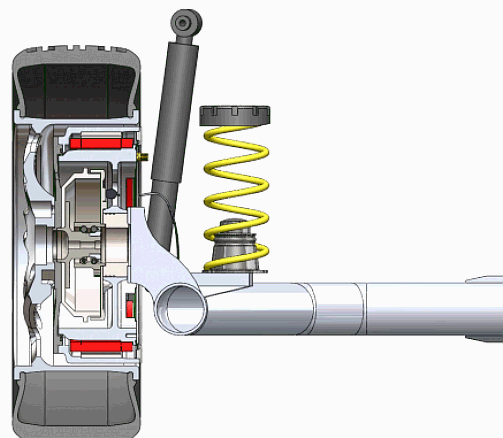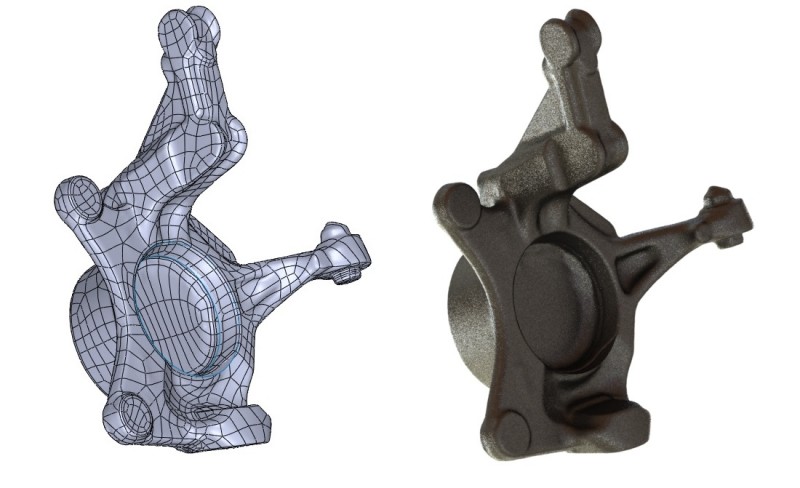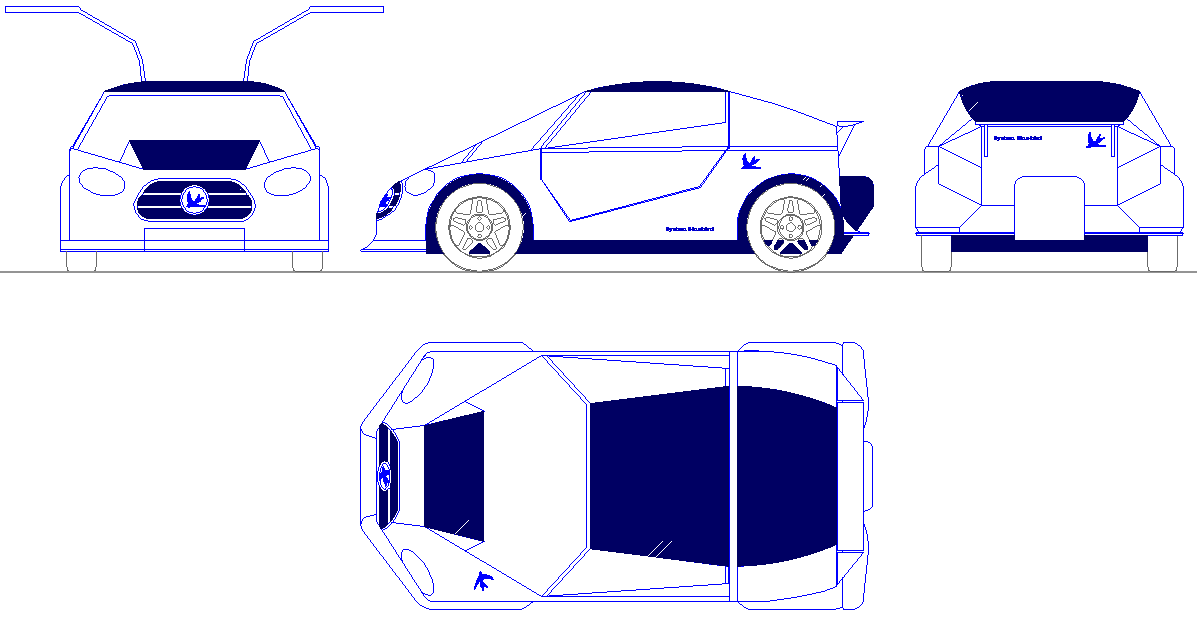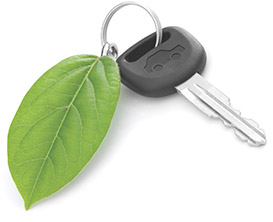|
ECOSTAR DC50 - WHEEL HUB ELECTRIC MOTORS
|
|||
|
1898 - Lohner-Porsche with electric motors built into the wheels
Electric motors in wheels is not exactly a new idea, but it simplifies EV car design and makes upgrading far easier. For example, you could order a two wheel drive vehicle just as easily as a four wheel drive car. The increase in performance would be staggering with four 50kW motors, as opposed to just two.
A BIT OF HISTORY
Professor
Ferdinand Porsche developed a hybrid electric car with motors in the
wheels which he raced in 1897. At the age of 18, Ferdinand Porsche boarded a train in North Bohemia, Austria-Hungary (now Czech Republic), and headed for Vienna to embark on his first job. Despite having no formal engineering education, Jacob Lohner, at his Lohner-Werke, employed Porsche to develop an electric powertrain for his coaches. Porsche's prototype car boasted a low-friction drivetrain, due to the hub-mounted electric motors directly driving the wheels. Each internal-pole electric motor was capable of 2.5 to 3.5 hp (1.9 to 2.6 kW) peaking to 7 hp (5.2 kW) for short bursts.
The Lohner-Porsche's design was studied by Boeing and NASA to create the Apollo program’s Lunar Roving Vehicle. Many of its design principles were mirrored in the Rover’s design. The series hybrid concept underpins many modern railway locomotives, and interest in series hybrid automobiles is growing rapidly.
BACK TO THE FUTURE
ddddd
AUGUST 2014 - This is
Working out the best
LINKS & REFERENCE
UK Government 75 million to build cars of the future South east local enterprise partnership Telegraph UK finance the electric cars of the future https://en.wikipedia.org/wiki/Lohner-Porsche https://en.wikipedia.org/wiki/Wheel_hub_motor http://www.telegraph.co.uk/finance/newsbysector/transport/9813118/The-electric-cars-of-the-future.html http://www.southeastlep.com/ http://www.agnimotors.com/
+44 (0) 1323 831727
Ask for Terry Intelligent Battery Support System THE BLUE BIRDS OF HAPPINESS
ECOSTAR LINKS A-Z
|
|||
|
This
website is Copyright © 2015 Bluebird Marine Systems Limited.
The names Bluebird™,
Blueplanet
BE3™, Ecostar DC50™, Utopia Tristar™
and the blue bird in flight
|




